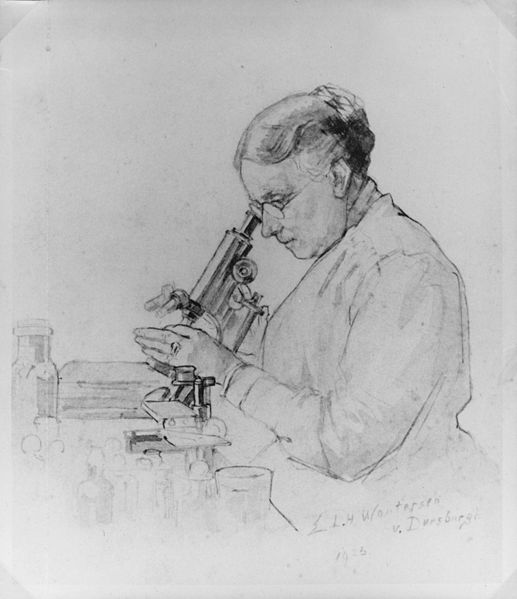Introduction
Microscopic Anatomy
Microscopic anatomy (micro; small) is a branch of anatomy that relies on the use of microscopes to examine the smallest structures of the body; tissues, cells, and molecules. The extent to which microscopic anatomy can be examined is limited by the equipment available. Through a simple dissecting microscope, tissues can be viewed, organized and described. This is known as histology (his-TOL-o-je; the study of tissues). More powerful microscopes can examine smaller structures found within tissues, namely cells. Cytology (si-TOL-o-je; the study of cells) has been expanded to include the sub-cellular components of cells (known as organelles), and even the molecules that make up these organelles. Extremely powerful electron microscopes are required to see the structures at the molecular scale.


